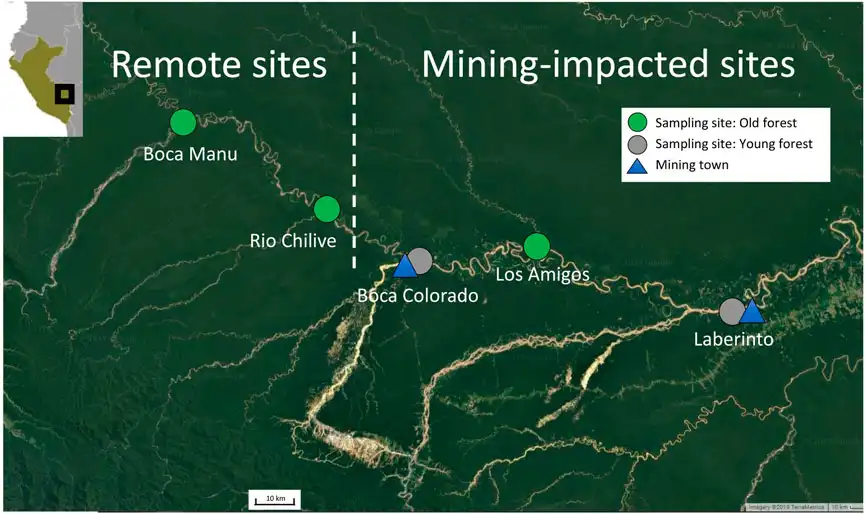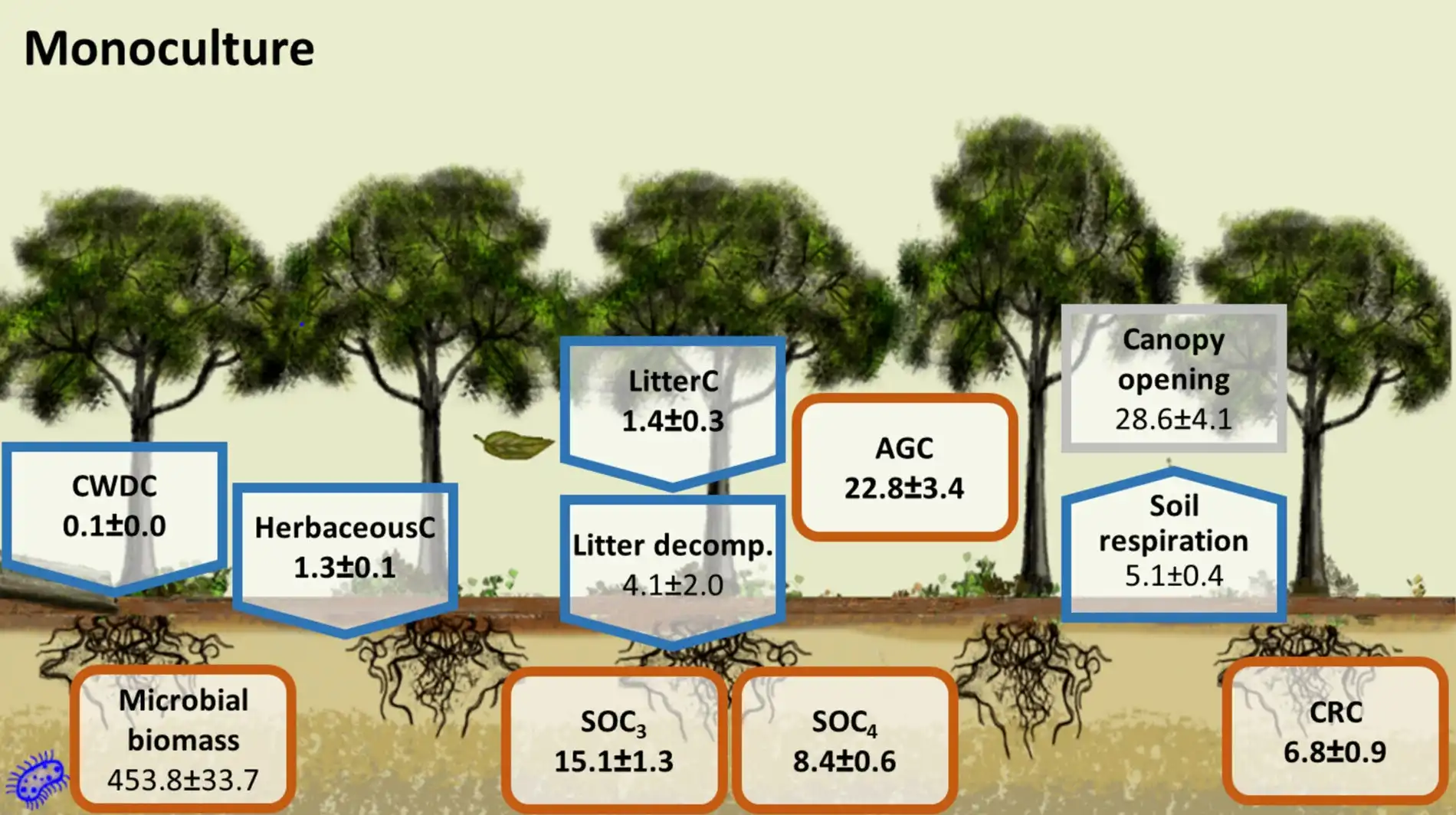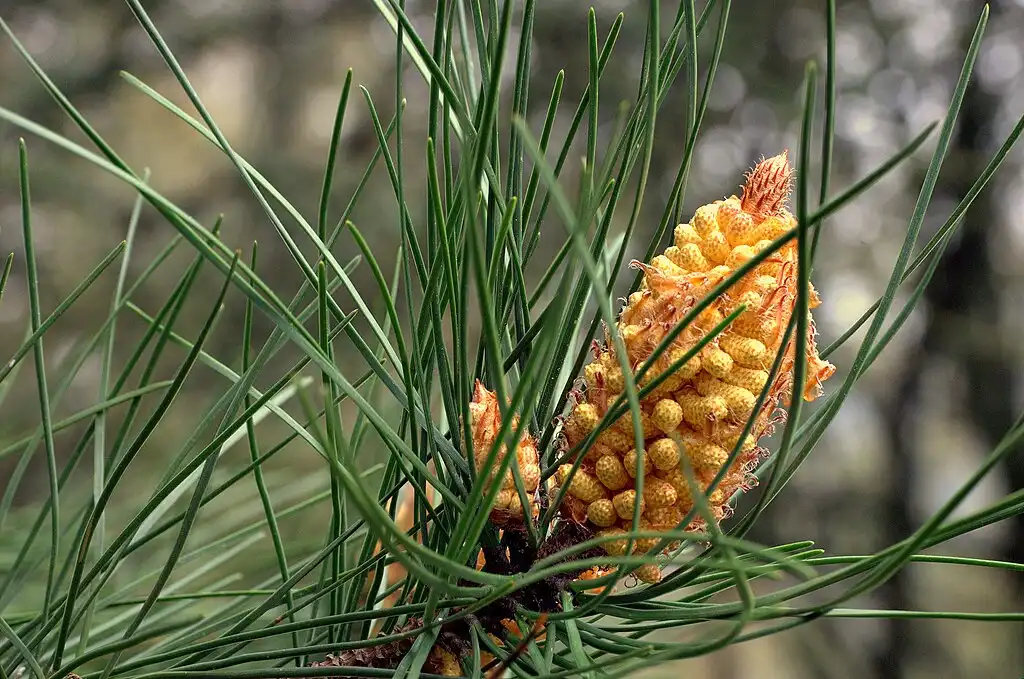
Wild fig tree rings offer a cheap method for tracking toxic atmospheric mercury, a byproduct of gold mining in the Global South, according to a study conducted in the Peruvian Amazon

Wild fig tree rings offer a cheap method for tracking toxic atmospheric mercury, a byproduct of gold mining in the Global South, according to a study conducted in the Peruvian Amazon

An international study has found that forests with many tree species can store significantly more carbon than those with only one species.
Extreme heat and drought threaten the Fremont cottonwood, a tree vital to desert ecosystems. Research shows these trees, which rely on water to thrive, struggle under combined stress. As water sources dry up, cottonwoods die, reducing biodiversity, cooling effects, and habitats for wildlife. Restoration efforts aim to adapt trees to harsher conditions.

Young maritime pine trees retain a memory of early temperature conditions through epigenetic changes, researchers report. These marks, influencing gene expression but not DNA, persist for up to two years post-germination. This discovery highlights how trees could be conditioned early to adapt to climate change, aiding sustainable forest management.

Aspen forests face complex challenges from climate change, not just rising temperatures but interactions with drought, fire, and browsing. A 42% aspen mortality rate highlights vulnerabilities, especially for young trees in dry, low-elevation areas. Adaptive management and collaborative strategies are vital to support regeneration and maintain biodiversity in these essential ecosystems.

Researchers improved the survival and growth of *Serianthes nelsonii*, an endangered tree, by using under-plant mirrors to reflect sunlight. This technique increased light availability by over 70%, boosting seedling survival by 160% and plant height by 170%, offering a low-cost conservation strategy for threatened species.

Oxidation of gases emitted by vegetation fire smoke forms abundant ultrafine particles that may intensify deep clouds and heavy rain in the Amazon rainforest

A new study reveals that mature forests play a crucial role in combating climate change by capturing more carbon dioxide (CO2) than previously thought. Researchers found that older trees increased wood production by nearly 10% when exposed to higher CO2 levels, acting as medium-term carbon stores and natural climate solutions.

Researchers discovered forests with cold-air pooling, where colder air settles in valleys, reversing typical temperature patterns. These areas could protect cold-adapted species from climate change, serving as refuges and aiding conservation efforts. The study emphasizes the importance of such forests for species adaptation and carbon storage.

Europe’s forests face a hidden crisis due to climate change, threatening tree species extinction. Research predicts only three out of 69 native species will thrive by 2090, impacting timber, carbon storage, and biodiversity. This calls for adaptable forest management to ensure future resilience and continued ecosystem services.